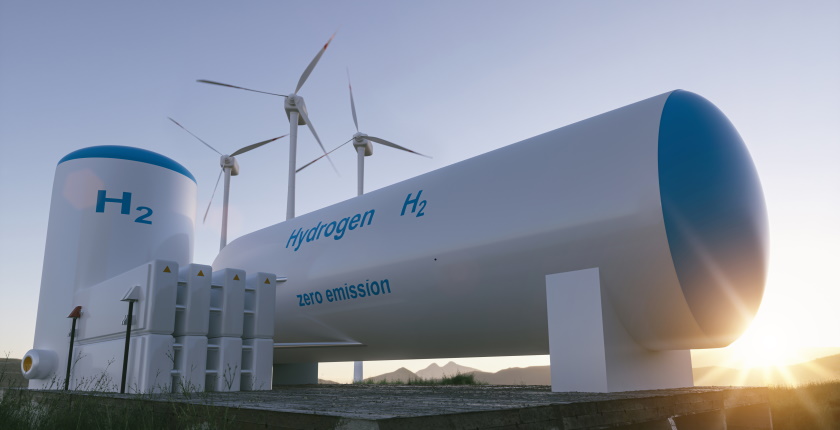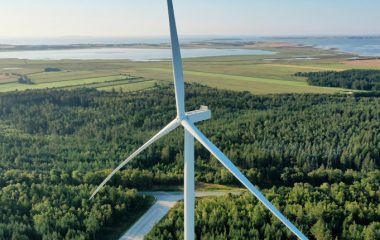
Photo: iStock
The Green Hydrogen Organization (GH2) has published a Green Hydrogen Standard, the first-ever global definition of green hydrogen, for certification and labeling. When used, all types of hydrogen emit only water, but when produced, they can release different amounts of greenhouse gases, so there has to be a distinction between the “colors” of hydrogen – green, blue, grey, and pink.
Hydrogen is emerging as a major fuel for the transition from fossil fuels to clean energy. It is seen as a solution for replacing oil and gas in heavy industry and transportation. However, hydrogen is often used as the greenwashing tool for producers and consumers of energy.
According to the Swiss non-profit organization, everyone needs to know that green hydrogen means hydrogen produced without significant associated GHG. It is a contrast, as they say, to most of the hydrogen used today, which is produced from natural gas by processes that typically result in more than ten kilos of CO2 emissions for each kilo of hydrogen.
The standard requires that green hydrogen projects operate with less than or equal to 1 kg CO2e per kg H2
Following consultations with the industry, GH2 drew up the definition, published it in the the Green Hydrogen Standard publication, and presented it during a summit in Barcelona.
The definition is as follows: green hydrogen is hydrogen produced through the electrolysis of water with 100% or near 100% renewable energy with close to zero GHG emissions. The standard requires that green hydrogen projects operate with less than or equal to 1 kg CO2e per kg H2, taken as an average over a 12-month period.
The standard also envisages the environmental, social and governance (ESG) aspects of green hydrogen production to be addressed.
Nuclear energy is not eligible
“GH2’s definition of renewable energy is based on the technologies that are the leading candidates for scaling up green hydrogen production: hydropower, wind, solar, geothermal, tidal and other ocean energy sources,” said Malcolm Turnbull, the organization’s chairman.
According to him, there are countries which believe that there is a role for nuclear energy, but this kind of energy has environmental and safety related issues which this Standard is not designed to address.
GH2 certificates of origin will be launched
Of note, hydrogen from nuclear energy is called pink hydrogen. The most widespread types are blue hydrogen, produced from natural gas but with CO2 emissions kept in storage, and grey hydrogen, which is also produced from methane but without emissions’ storage.
GH2 has invited green hydrogen producers to have their projects independently accredited by GH2’s accreditation body to use the label “GH2 Green Hydrogen,” making them eligible to obtain and trade GH2 certificates of origin.









I’m very glad GH2 designates a separate category, pink, for H2 produced from nuclear energy and that green H2 has to be made by electrolysis using only renewable sources.
But everyone seems to be ignoring the fact that when H2 burns it produces a powerful GHG, water vapor. There’s no free lunch and this is an other example of that maxim.